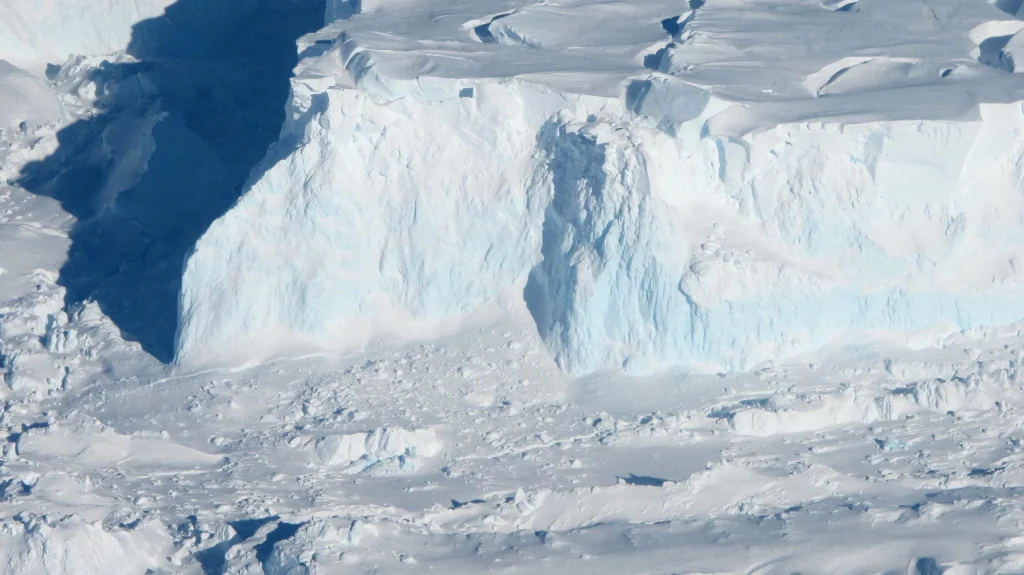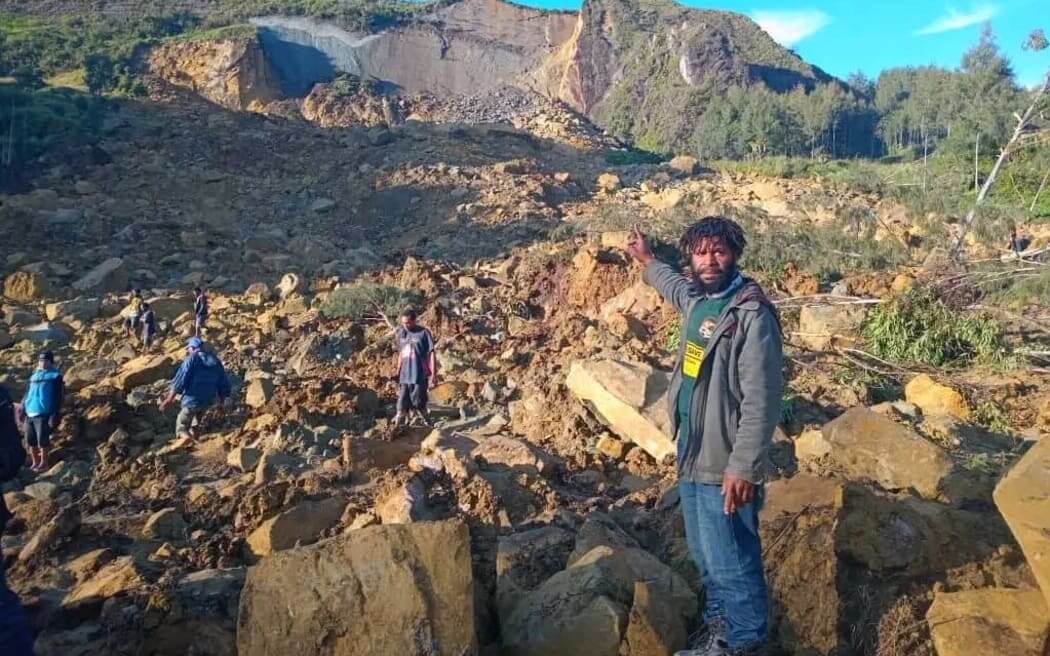A team of glaciologists, led by the University of California, Irvine, has discovered evidence of warm, high-pressure seawater intruding many kilometers beneath the Thwaites Glacier in West Antarctica. Often referred to as the “Doomsday Glacier,” its vast size and significant melting rate could substantially contribute to global sea level rise if it were to collapse.
The team’s findings, published in the Proceedings of the National Academy of Sciences, suggest that this widespread contact between ocean water and the glacier is causing “vigorous melting.” This phenomenon, replicated in Antarctica and Greenland, may necessitate a reassessment of global sea level rise projections.
The glaciologists used data from Finland’s ICEYE commercial satellite mission, gathered between March and June 2023. The ICEYE satellites, in polar orbit, use InSAR (interferometer synthetic aperture radar) to persistently monitor changes on the Earth’s surface. This data revealed the rise, fall, and bending of Thwaites Glacier.
Lead author Eric Rignot, a UC Irvine professor of Earth system science, explained that the ICEYE data provided a long-time series of daily observations closely conforming to tidal cycles. Previously, sparse data made it difficult to understand the situation. The continuous time series, compared with the tidal cycle, showed seawater coming in at high tide, receding, and sometimes going farther beneath the glacier.
Michael Wollersheim, ICEYE Director of Analytics and co-author, noted that until now, observing some of the most dynamic processes in nature with sufficient detail or frequency was impossible. Radar satellite images, providing centimeter-level precision InSAR measurements at daily frequency, mark a significant leap forward.
Rignot stated that the project helped him and his colleagues better understand seawater behavior on the undersides of Thwaites Glacier. Seawater, combined with freshwater from geothermal flux and friction, builds up and flows through natural conduits or collects in cavities, creating enough pressure to elevate the ice sheet.
The seawater involved is not just any seawater. For decades, Rignot and his colleagues have gathered evidence of climate change’s impact on ocean currents, pushing warmer seawater to Antarctica and other polar ice regions. Circumpolar deep water, being salty and having a lower freezing point, contributes to the “vigorous melting” of basal ice.
Co-author Christine Dow, a professor at the University of Waterloo, Canada, expressed concern about underestimating the speed of glacier change, which would be devastating for coastal communities worldwide. Rignot hopes and expects the project’s results to spur further research on conditions beneath Antarctic glaciers.
In the near term, Rignot, also a senior project scientist at NASA’s Jet Propulsion Laboratory, believes this study will significantly benefit the ice sheet modeling community. Incorporating the ocean-ice interaction into ice sheet models should lead to more accurate projections.
Dow added that improving the models and focusing research on critical glaciers will help adapt to changing ocean levels and reduce carbon emissions to prevent the worst-case scenario.






![Sheikh Khalifa Bin Zayed Al Nahyan Director Mr. Hamis Mohamed (center), ARR Insurance Coast Regional Manager Julie Gaitho (right), AAR Insurance Group Head of Technology Eugene Sanya (left) and students of Al Nahyan participate in planting part of 40,000 trees at the school's compound to mark AAR' 40th anniversary. [Joackim Bwana, Standard]](https://i0.wp.com/cdn.standardmedia.co.ke/images/wysiwyg/images/hnjuNIZaLG82LriAD53nnZAgR18w68QTikMsXCWC.jpg?w=1200&resize=1200,0)




Very interesting subject, thank you for posting.Raise your business